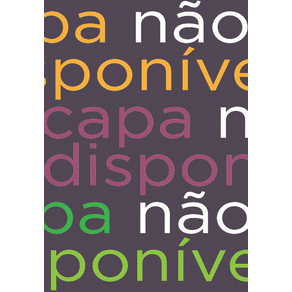Esta exploración ricamente ilustrado de las fuentes de inspiración de Frida Kahlo en las artes populares de México y tradiciones populares dibuja iluminando conexiones entre creaciones muy personales de Kahlo y las tradiciones estéticas que infunden sus primeros años: pinturas votivas, estudio de fotografía del siglo XIX (incluida la de su padre Guillermo Kahlo), la iconografía católica, los corridos revolucionarios y las producciones variadas de artesanos anónimos. Los lectores reconocerán partes y bigotes centrados de Kahlo en los retratos de José María Estrada y en las pinturas católicos mexicanos anónimos. Verán sus recortadas, de corazón en la manga autorretratos, en los estudios de la naturaleza de José María Velasco y taxonomías de mariposa. Y en todas partes van a encontrar las huellas de la vida de Kahlo, en particular el accidente que empañó su adolescencia y el matrimonio que ella describe como el segundo accidente grave de su vida - una unión apasionada con muralista mexicano Diego Rivera, de la que ha sido dijo que "Cada considera al otro como pintor más grande de México." Kahlo puede o no puede haber sido un surrealista, y ella puede o no puede haber sido una variedad temprana del artista feminista o haber tenido ideas acerca de lo que más tarde se convirtió en el feminismo, pero no se puede negar que ella es una estrella. El realista y trabajar simbolista cuyo patrimonio este libro traza que se conoce en todo el mundo. Textos de Nadia Ugalde y Juan Coronel Rivera también examinan cuestiones conexas, como la influencia del positivismo en la educación de Frida y las raíces de su perspectiva "indigenista" This richly illustrated exploration of the sources of Frida Kahlo's inspiration in Mexico's popular arts and folk traditions draws illuminating connections between Kahlo's highly personal creations and the aesthetic traditions that infused her early years: votive paintings, nineteenth-century studio photography (including that of her father Guillermo Kahlo), Catholic iconography, revolutionary corridos and the variegated productions of anonymous craftsmen. Readers will recognize Kahlo's centered parts and moustaches in Jose Maria Estrada's portraits and in anonymous Mexican Catholic paintings. They will see her cutaway, heart-on-sleeve self-portraits, in Jose Maria Velasco's nature studies and butterfly taxonomies. And everywhere they will find the tracks of Kahlo's life, particularly the accident that marred her teen years and the marriage that she described as the second major accident of her life--a passionate union with Mexican mural painter Diego Rivera, of which it has been said that "Each regarded the other as Mexico's greatest painter." Kahlo may or may not have been a Surrealist, and she may or may not have been an early variety of feminist artist or have had ideas about what later became feminism, but there is no denying that she is a star. The realist and Symbolist work whose heritage this book traces is known around the world. Texts by Nadia Ugalde and Juan Coronel Rivera also examine related issues such as the influence of Positivism on Frida's education and the roots of her "indigenist" outlook.

